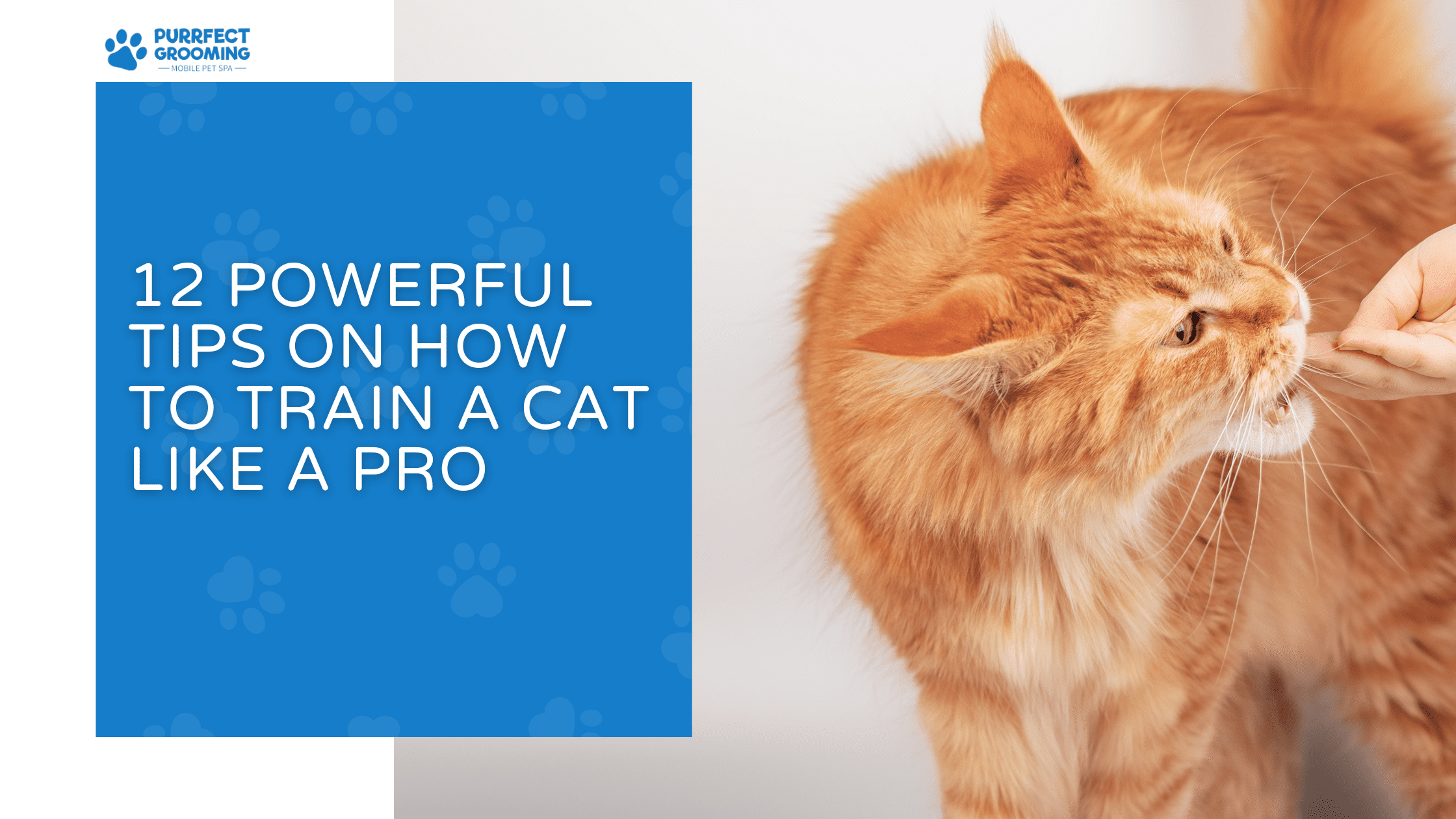How to Calm Down a Hyper Dog Quickly and Effectively
Do you often find yourself wondering how to calm down a hyper dog? You’re not alone. Hyperactivity in dogs is a common challenge for many pet parents. Whether it’s a puppy bouncing off the walls or an adult dog with boundless energy, understanding the reasons behind their hyper behavior and knowing how to manage it is crucial. This guide will walk you through practical techniques, address common questions like why is my dog so hyper, and help you learn how to train a hyper dog for a calmer, more enjoyable relationship.
Why Is My Dog So Hyper?
Before jumping into solutions, it’s essential to understand the reasons behind your dog’s hyperactivity. Here are some possible causes:
| Cause | Description |
| Breed Traits | Some breeds, like Border Collies and Jack Russells, are naturally energetic. |
| Lack of Exercise | Insufficient physical activity can lead to pent-up energy and restlessness. |
| Poor Diet | High-sugar or low-quality foods can affect behavior and increase hyperactivity. |
| Age | Puppies and young dogs often have more energy as they’re still developing. |
| Lack of Mental Stimulation | Dogs need mental engagement, or they may act out to alleviate boredom. |
| Anxiety or Stress | External stressors, like loud noises or separation anxiety, can manifest as hyperactivity. |
Understanding the “why” is the first step in learning how to calm a hyper dog. Now, let’s dive into practical tips.
How to Calm Down a Hyper Dog: Effective Tips
1. Introduce Mental Stimulation
Hyperactivity isn’t just about physical energy—it can also stem from boredom. Engage your dog’s brain with the following:
- Interactive Toys: Puzzle feeders, treat-dispensing toys, or snuffle mats.
- Training Sessions: Teach new tricks or practice obedience commands.
- Scent Work: Hide treats around the house or yard and let your dog sniff them out.
2. Provide Regular Exercise
One of the best ways to calm a hyper dog is to meet their exercise needs. A tired dog is a happy dog!
- Daily Walks: Ensure your dog gets at least 30-60 minutes of brisk walking every day. For high-energy breeds, consider increasing this duration.
- Playtime: Incorporate games like fetch, tug-of-war, or frisbee.
- Dog Sports: Activities like agility training or swimming can help burn off energy while keeping your dog engaged.
| Exercise Needs by Breed | Recommended Daily Activity |
| High-energy breeds (e.g., Border Collie) | 1-2 hours of vigorous exercise |
| Medium-energy breeds (e.g., Beagle) | 45-60 minutes of moderate activity |
| Low-energy breeds (e.g., Bulldog) | 30-45 minutes of light activity |

3. Maintain a Calm Environment
Dogs can mirror your energy. If you remain calm, your dog is more likely to follow suit.
- Avoid loud or chaotic environments.
- Use a soothing tone of voice when interacting with your dog.
- Provide a designated “calm space” with a comfy bed and toys.
4. Use Positive Reinforcement Training
When thinking about how to train a hyper dog, focus on rewarding calm behaviors.
- Reward Calmness: Use treats or praise whenever your dog is relaxed.
- Ignore Overexcitement: Avoid rewarding jumping or barking with attention.
- Consistency is Key: Ensure all family members follow the same training protocols.
5. Try Calming Aids
If your dog remains excessively hyper, calming aids can be helpful:
- Calming Sprays or Diffusers: Products with pheromones like Adaptil can promote relaxation.
- Calming Treats: Look for natural supplements containing chamomile, valerian root, or CBD.
- Weighted Blankets: These can help dogs with anxiety-induced hyperactivity.
How to Calm a Hyper Puppy
Puppies are naturally more excitable than adult dogs, but there are specific strategies to manage their energy:
- Structured Playtime: Alternate play with short periods of rest.
- Gentle Training: Start basic commands early to instill discipline.
- Puppy-Safe Toys: Chew toys or teething rings can redirect their energy.
Remember, patience is crucial when learning how to calm a hyper puppy since their energy levels will naturally decrease with age.
You May Also Like : How to Keep Your Pet Calm During Grooming Session
Common Mistakes to Avoid
While addressing how to calm down a hyper dog, it’s important to steer clear of these mistakes:
- Punishing Hyperactivity: This can lead to fear or anxiety, making the behavior worse.
- Inconsistent Routines: Dogs thrive on structure. Stick to set times for walks, meals, and play.
- Overlooking Health Issues: If your dog’s hyperactivity is sudden or extreme, consult a vet to rule out underlying conditions.
When to Seek Professional Help
If you’ve tried the above methods and your dog remains excessively hyper, it may be time to consult:
- A Veterinarian: To check for medical causes.
- A Dog Trainer or Behaviorist: For specialized training techniques.
Conclusion
Managing a hyper dog takes patience, consistency, and understanding. By addressing their physical, mental, and emotional needs, you can learn how to calm down a hyper dog effectively. Whether you’re working with a puppy or an adult dog, these tips will set you on the path to success.
For South Florida pet parents looking for grooming services for their energetic dogs, PURRFECT GROOMING offers mobile grooming that fits seamlessly into your schedule. A calm, clean dog is just a booking away! Reach out to us today for top-notch grooming and care.
FAQs
1. Why is my dog so hyper all the time?
Hyperactivity in dogs can result from several factors, including lack of exercise, breed tendencies, poor diet, anxiety, or boredom. Puppies and young dogs are naturally more energetic than older dogs.
2. How can I calm a hyper dog quickly?
Quick methods to calm a hyper dog include taking them for a brisk walk, giving them a puzzle toy to engage their mind, or using calming aids like sprays or pheromone diffusers. A calm environment and soothing tone of voice also help.
3. What is the best way to train a hyper dog?
Positive reinforcement is the most effective training method for hyper dogs. Reward calm behaviors with treats or praise, ignore excitable behaviors, and practice commands consistently. Regular exercise is also key to reducing hyperactivity.
4. How do I calm a hyper puppy?
Puppies need structured playtime, plenty of rest, and gentle training. Introduce calming activities, such as short training sessions, chew toys, and quiet time in a designated area. Patience is essential as they mature.
5. Can diet affect my dog’s hyperactivity?
Yes, diet can significantly impact your dog’s energy levels. High-sugar, low-quality, or overly processed foods may contribute to hyperactivity. Switch to a high-quality, balanced diet to promote better behavior and overall health.















